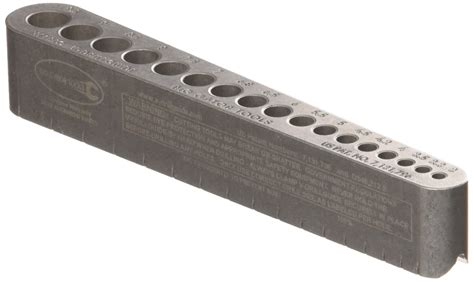I have a 4' National brake and one of the holes for the bottom "hinge", the part you swing up to bend the metal, is elongated. I am trying to figure out how I can fix it with accuracy with hand tools. I figure this is important to get right because this "hinge", for lack of a better word, needs to be at the same height as the mounting location of the clamp for the metal, so that the bend is tight. As it stands, when assembled, the hinge part sits .125" lower on the right side than the left.
I am thinking of a bushing, but how to get the hole concentric and in the correct location with hand tools? I be willing to weld on the hole also, as National brakes are made of steel, but still face the problem of getting the finished hole in the correct location.
Please see pics.


Thanks,
Chris
I am thinking of a bushing, but how to get the hole concentric and in the correct location with hand tools? I be willing to weld on the hole also, as National brakes are made of steel, but still face the problem of getting the finished hole in the correct location.
Please see pics.


Thanks,
Chris




